The production of vinyl (also known as PVC- polyvinyl chloride) accounts for approximately 40% of the chlorine gas produced in North America. Vinyl is highly polluting in production, and as a building product it is susceptible to UV exposure, causing it to break down and release particles. And in the unfortunate event of it being burned, the chemicals released are extremely dangerous if inhaled.
When vinyl first entered our lives as a building material, it was a dream come true in terms of versatility and affordability. Back then the extent of the dangers of this material wasn't really known, but even now that it is, given the risks it still doesn't receive the attention it deserves.
So where is it in your home? Flooring, furniture, baby chairs, toys, counter tops, shower curtains, exterior siding, windows, the list goes on. We have surrounded ourselves with the stuff.
So what can we do? Slowly but surely, remove it from your life. Here are some alternatives:
- Glass shower doors
- Choosing healthy and durable flooring materials
- Choosing green kitchen countertops
- Wood or metal siding for exterior cladding
- Fiberglass window frames
- Wooden baby toys and chairs
There are a lot of toxic materials in homes and they have a cumulative effect on indoor air quality. We aren't advocating stripping every home to the studs and starting over, but as you make repairs and changes or start a new building project, there are a lot of safer and less ecologically damaging products available.
All that said, don't pitch out your old Fleetwood Mac vinyl albums. You should be protecting those from children and UV rays already.


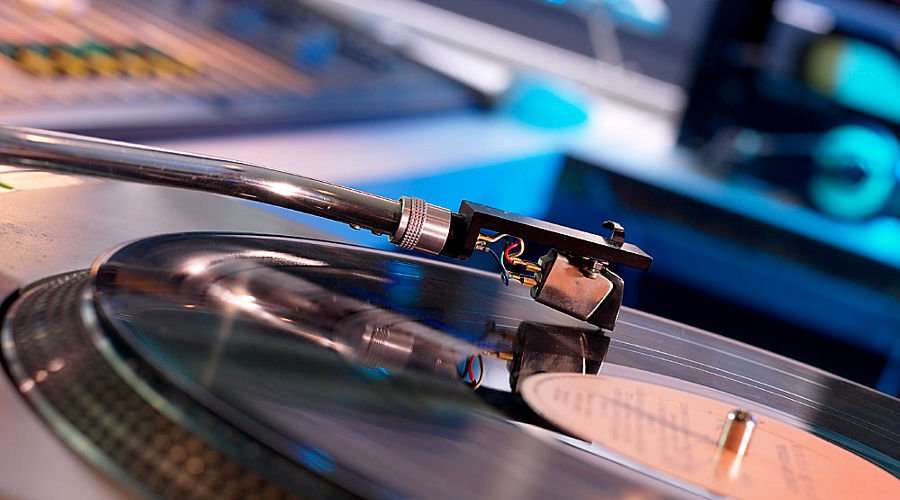






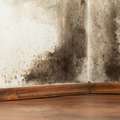





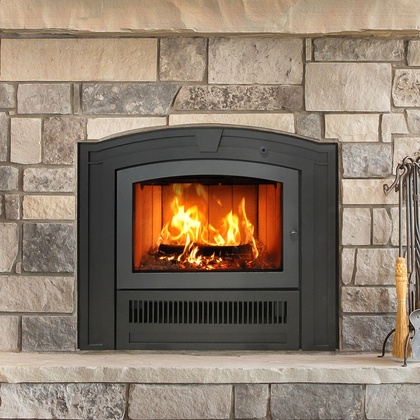






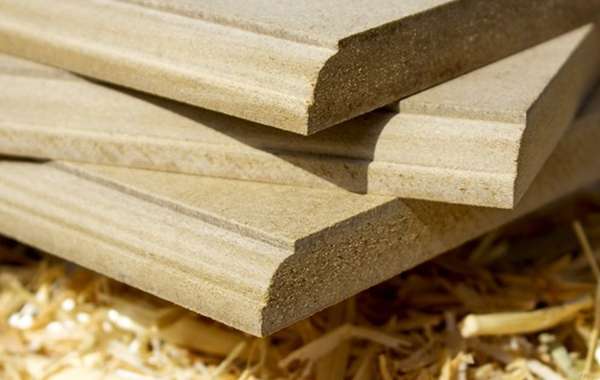
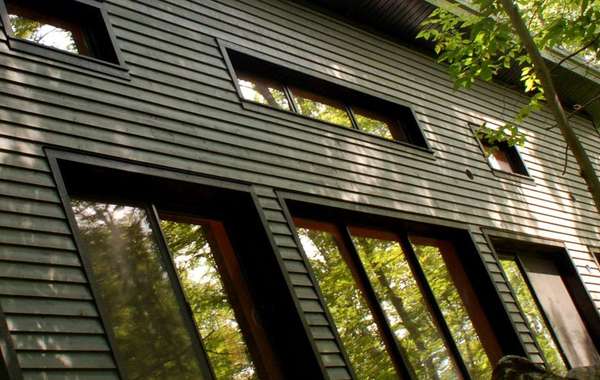
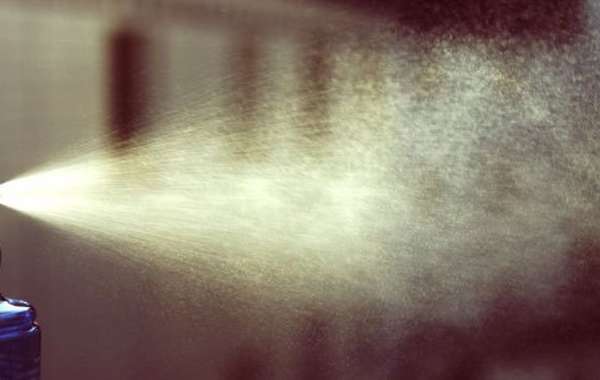
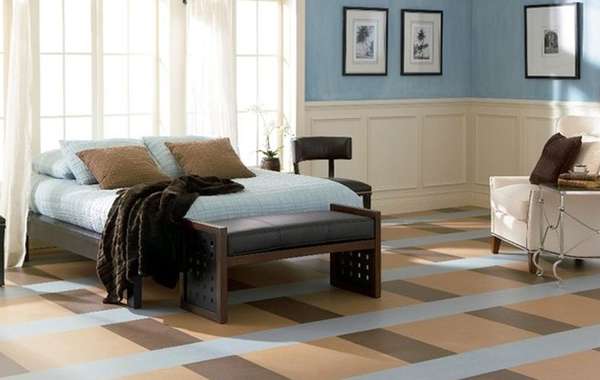
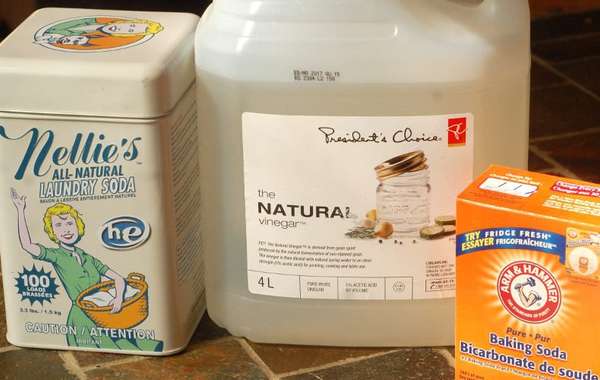
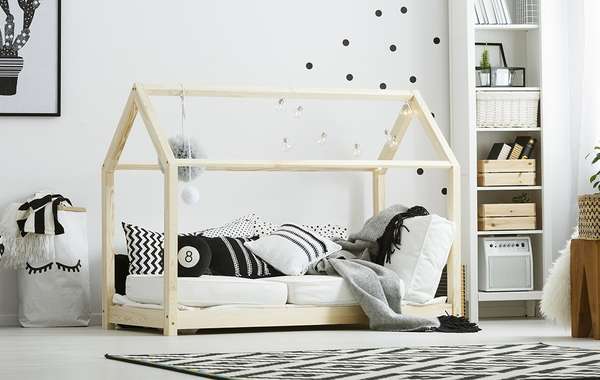
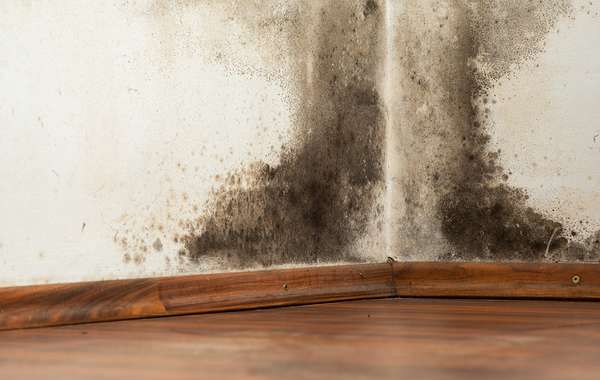
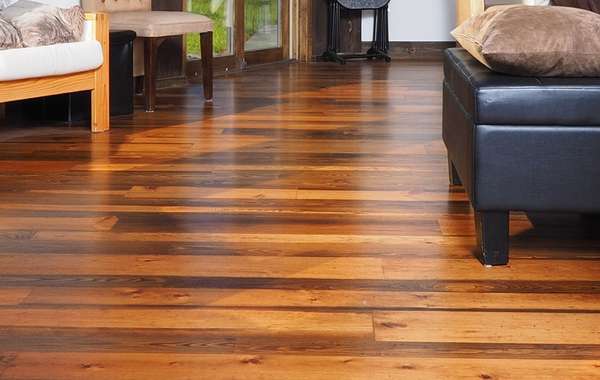

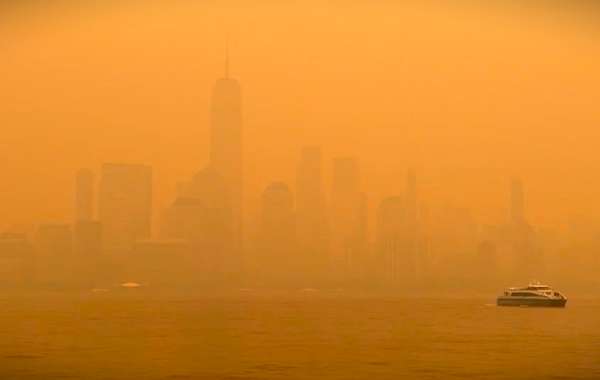

Thank you for the important information!
I note the concern with the negative consequences of PVC fabrication. However, I have read that windows made of uPVC do not off gas any pthalates which were the principal concern about negative health impact of users of vinyl windows. Do you concur and are most vinyl windows in Canada made from uPVC?